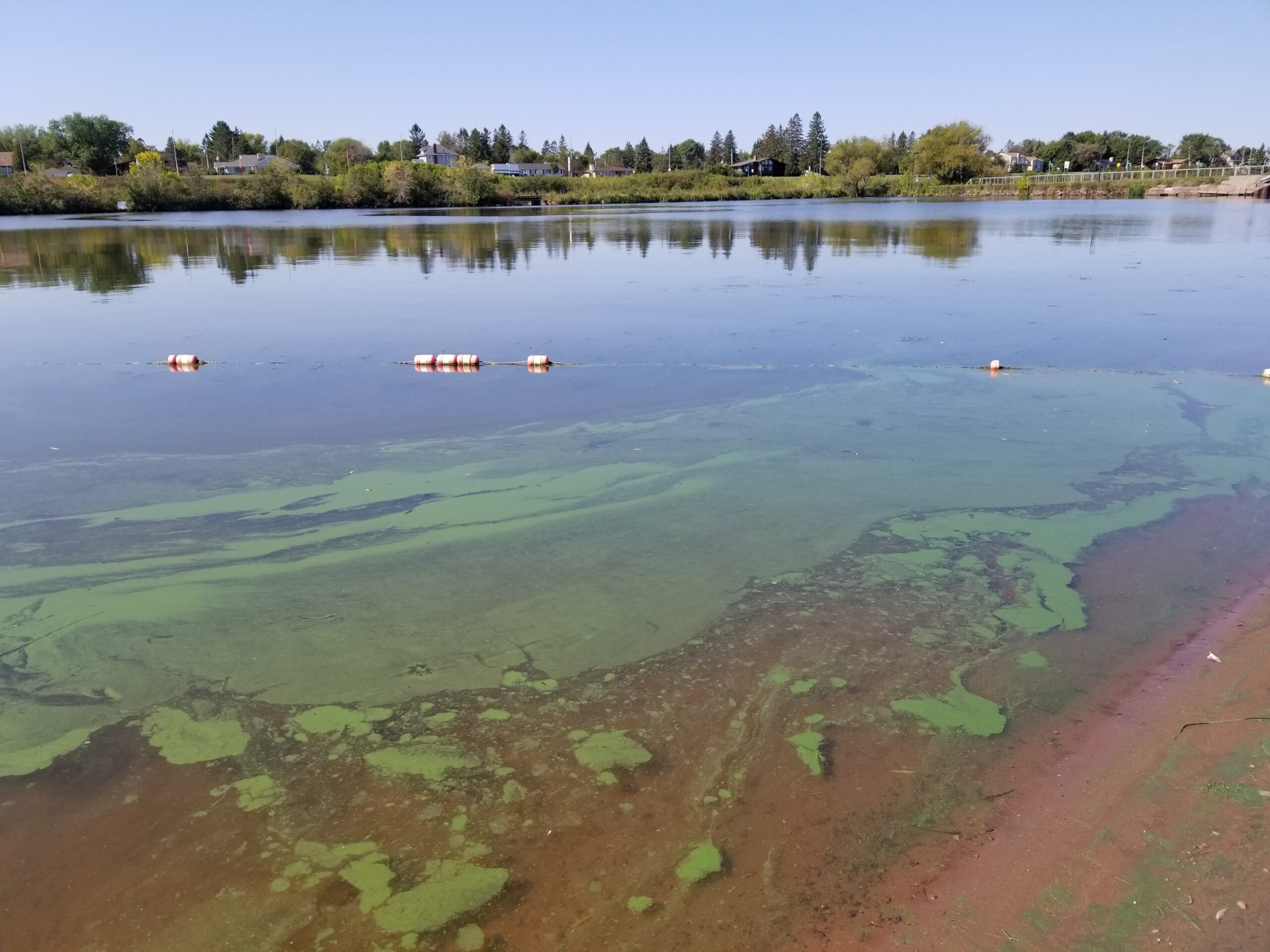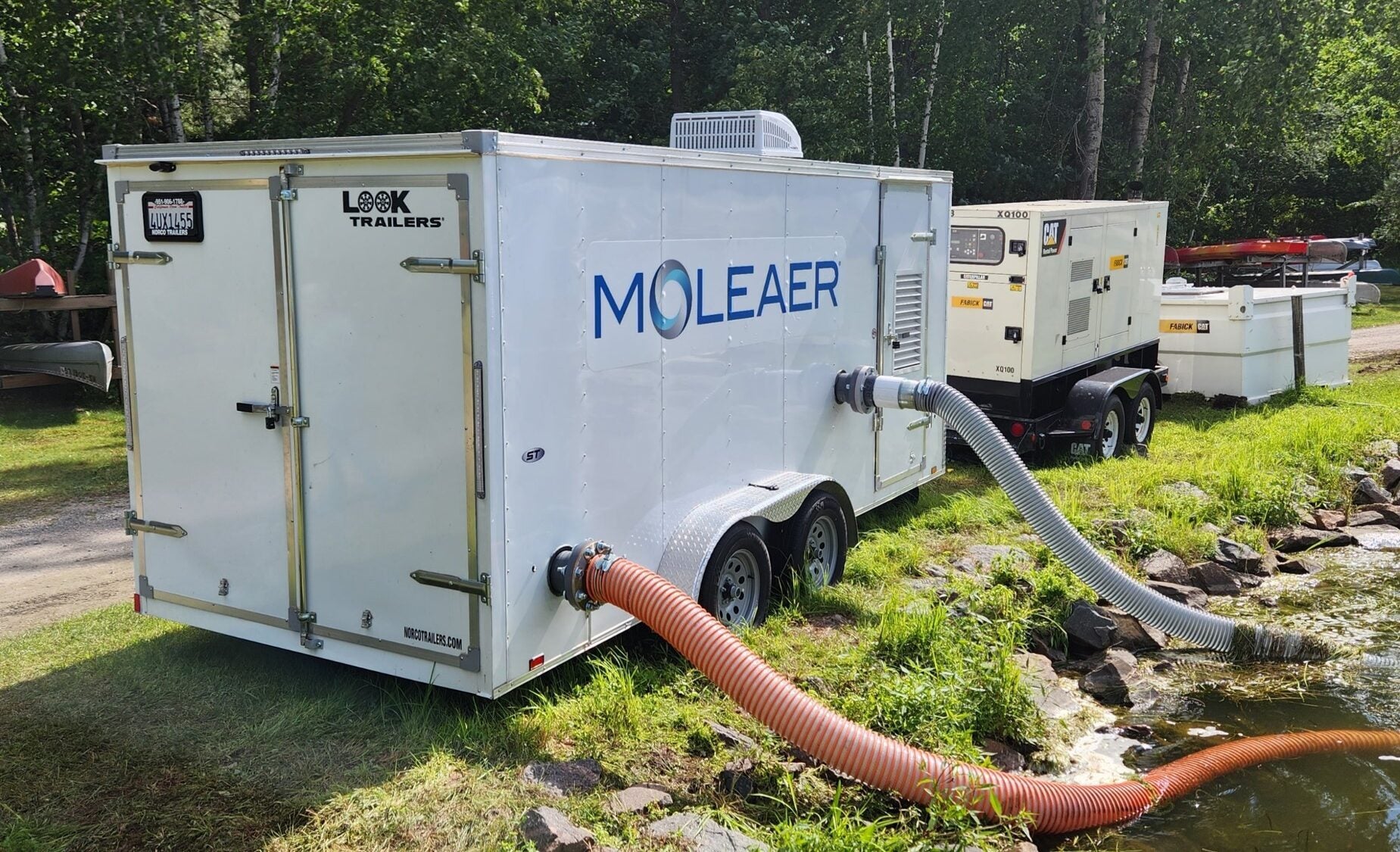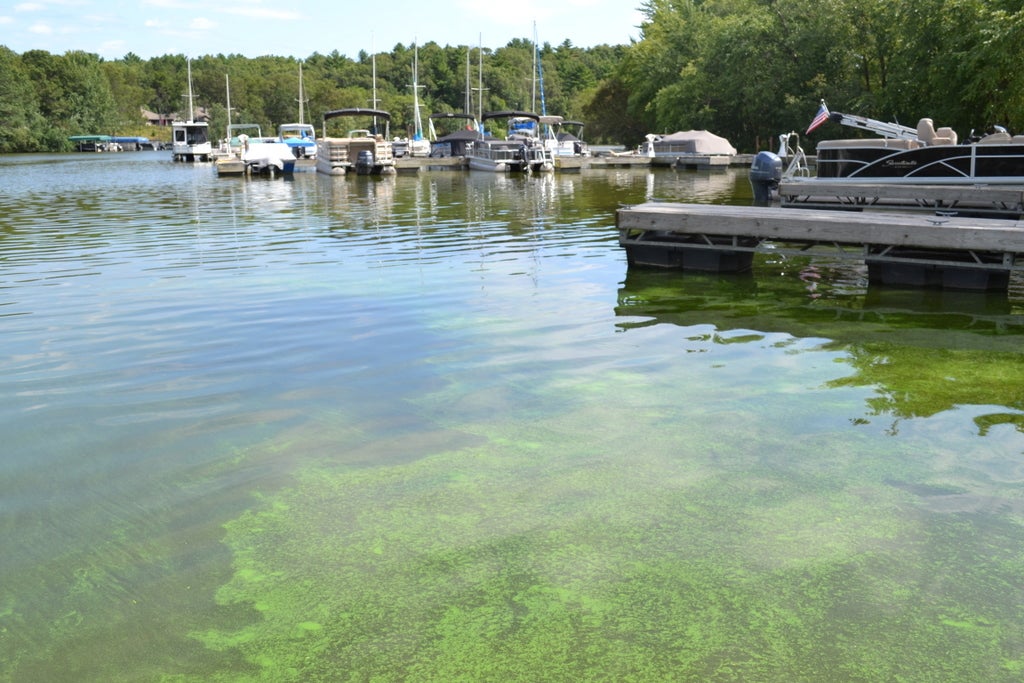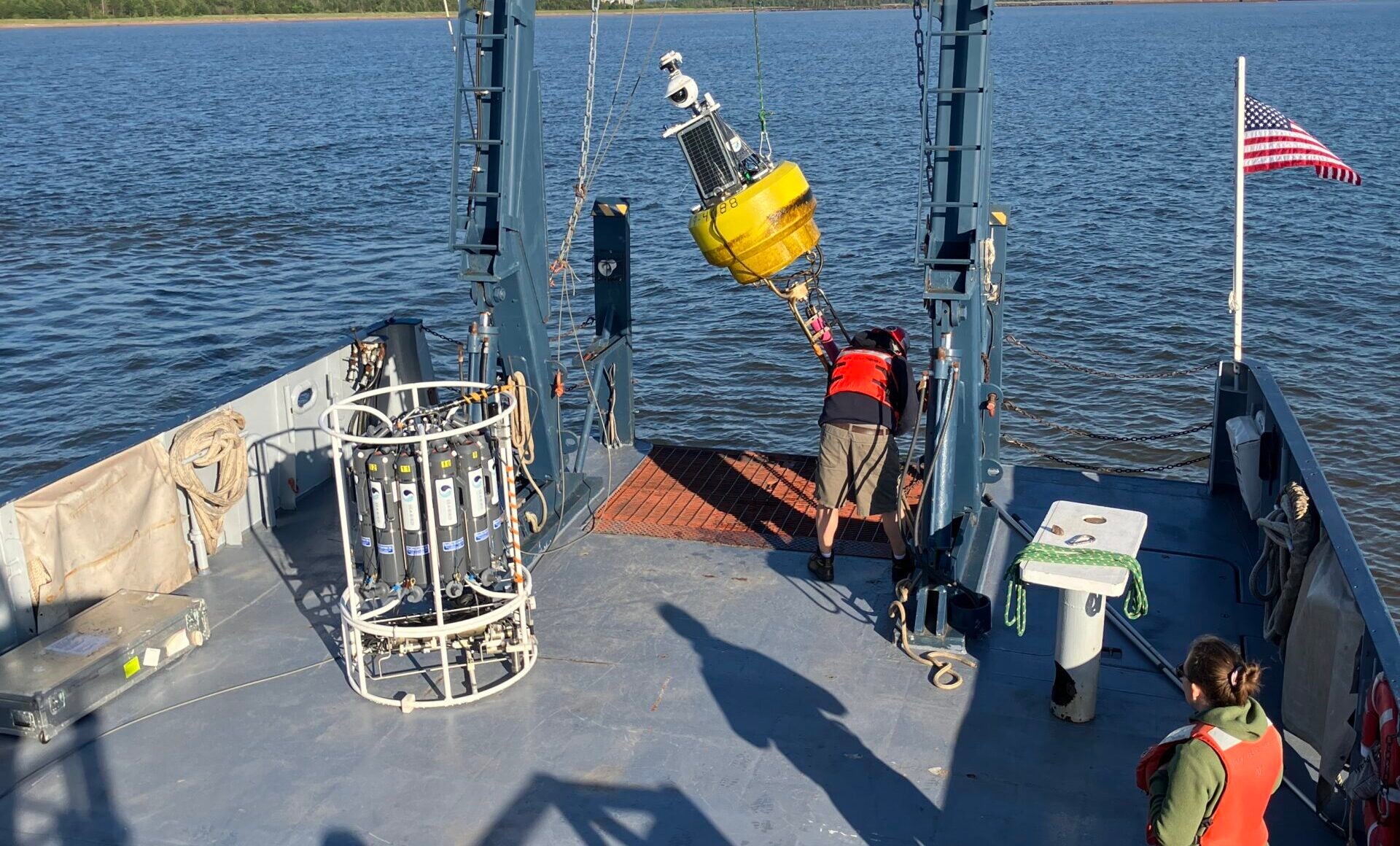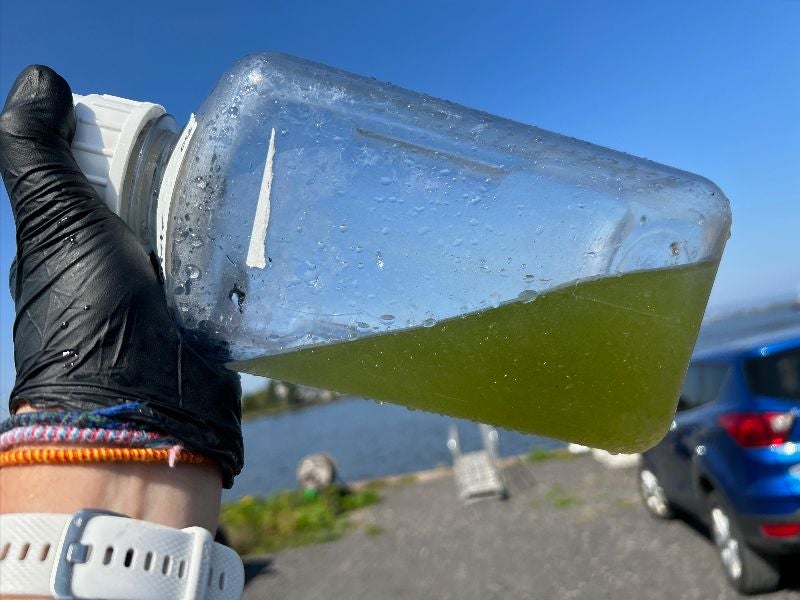This week, blue-green algae blooms were spotted in the waters of Lake Superior in St. Louis Bay and Little Sand Bay in the Apostle Islands National Lakeshore.
Those sightings followed a bloom spotted last week off Barker’s Island in Superior. Fortunately, all of them dissipated within hours, but each presented a health warning to be taken seriously and continued concern about the algae in the big lake.
Some blue-green algae species contain toxins that can make people and animals sick. While common in inland rivers and ponds, the algae are fairly new to Lake Superior, where they were first reported following storms and flooding in 2012.
News with a little more humanity
WPR’s “Wisconsin Today” newsletter keeps you connected to the state you love without feeling overwhelmed. No paywall. No agenda. No corporate filter.
Gina LaLiberte is the statewide harmful algae bloom coordinator for the Wisconsin Department of Natural Resources. She spoke with WPR’s Robin Washington on “Morning Edition” about the incidence of the algae in Lake Superior.
The following interview has been edited for brevity and clarity.
Robin Washington: There are many types of algae, and not all are harmful. Can you describe just a few common ones for us?
Gina LaLiberte: There’s always going to be algae in any aquatic system. Blue-green algae, otherwise known cyanobacteria, are really widespread. They’re in every aquatic system in the state, and there are even some that live on land.
RW: I assume there are some species that aren’t harmful?
GL: Yes. We can thank algae for the oxygen we breathe. Cyanobacteria were responsible for changing our atmosphere to an oxygen atmosphere several billion years ago.
Even today, there are some types of algae, namely diatoms, that are responsible for producing somewhere between 20 to 30 percent of the oxygen that we breathe today.
RW: Blue-green algae, or some species of it, are described as toxins. What are the symptoms of those who come in contact with it?
GL: Some blue-green algae can make toxins, but not all do. And you can’t tell if they’re making toxins just by looking at them; you have to actually take a water sample and test for toxins.
There are a number of different symptoms people can have. Some of them include gastro-intestinal symptoms, like vomiting and diarrhea. If you’re exposed through inhalation — for example, from water skiing — inhaling the algae through water droplets can cause respiratory irritation and flu-like symptoms. It could cause some eye irritation too. Some people also have reactions to blue-green algae if they’re rubbed on their skin, especially under clothing.
Dogs might not hesitate to drink water that contains blue-green algae. Unfortunately we’ve had dog deaths in Wisconsin from that exposure.
RW: Where are the blue-green algae blooms likely to be found in the Twin Ports area?
GL: We tend to see these blooms in the inner harbor area, and that is in part because that harbor is getting water from the St. Louis River. It’s going to have more nutrients than out in the open waters of the lake.
The species that we’re seeing are not invasive. They’re species that you would normally find in lakes and rivers in Wisconsin.
Labor Day marks the end of our beach monitoring season when the beaches are officially closed for the season, but people might still be visiting them. Especially if you’re walking dogs during this time in the Twin Ports area, watch out for blue-green algae blooms, especially during those really calm conditions.
RW: If people come across a suspected bloom and they want to let the experts analyze it, who should they contact?
GL: We have a link to a Google form for people to report blooms for Lake Superior.
For inland lakes or rivers in Wisconsin, they can report those to DNRHABS@wisconsin.gov. And please supply photographs for verification.

